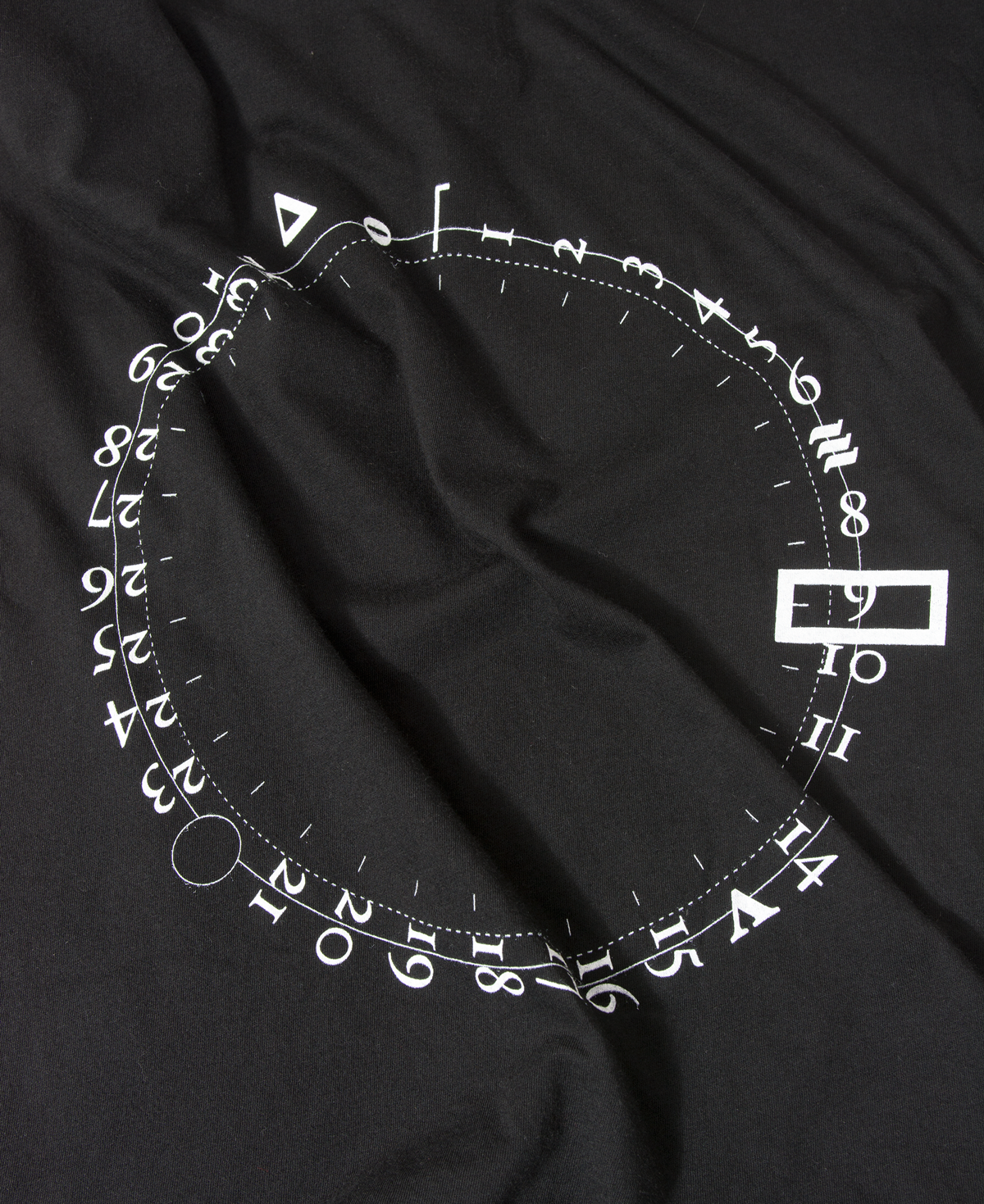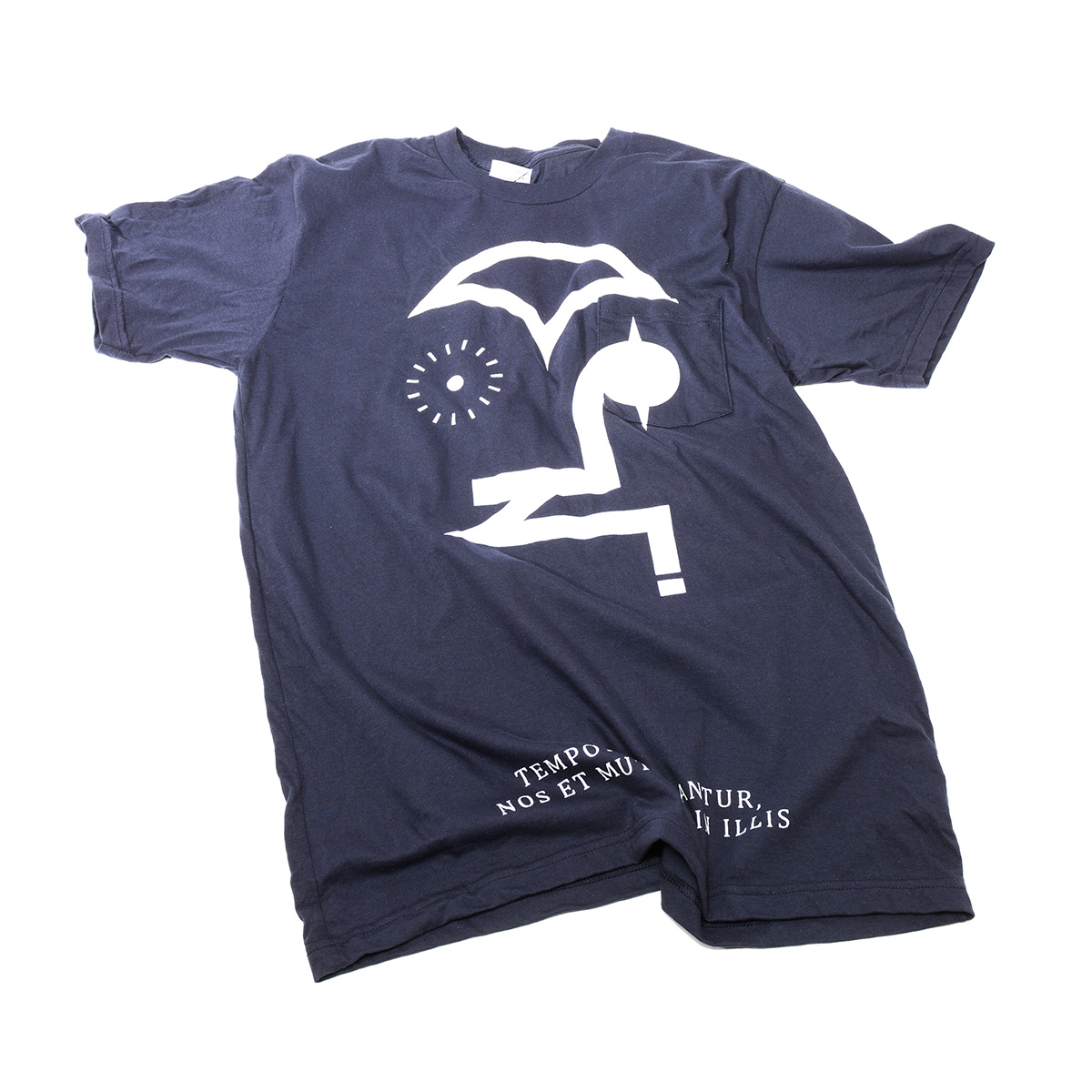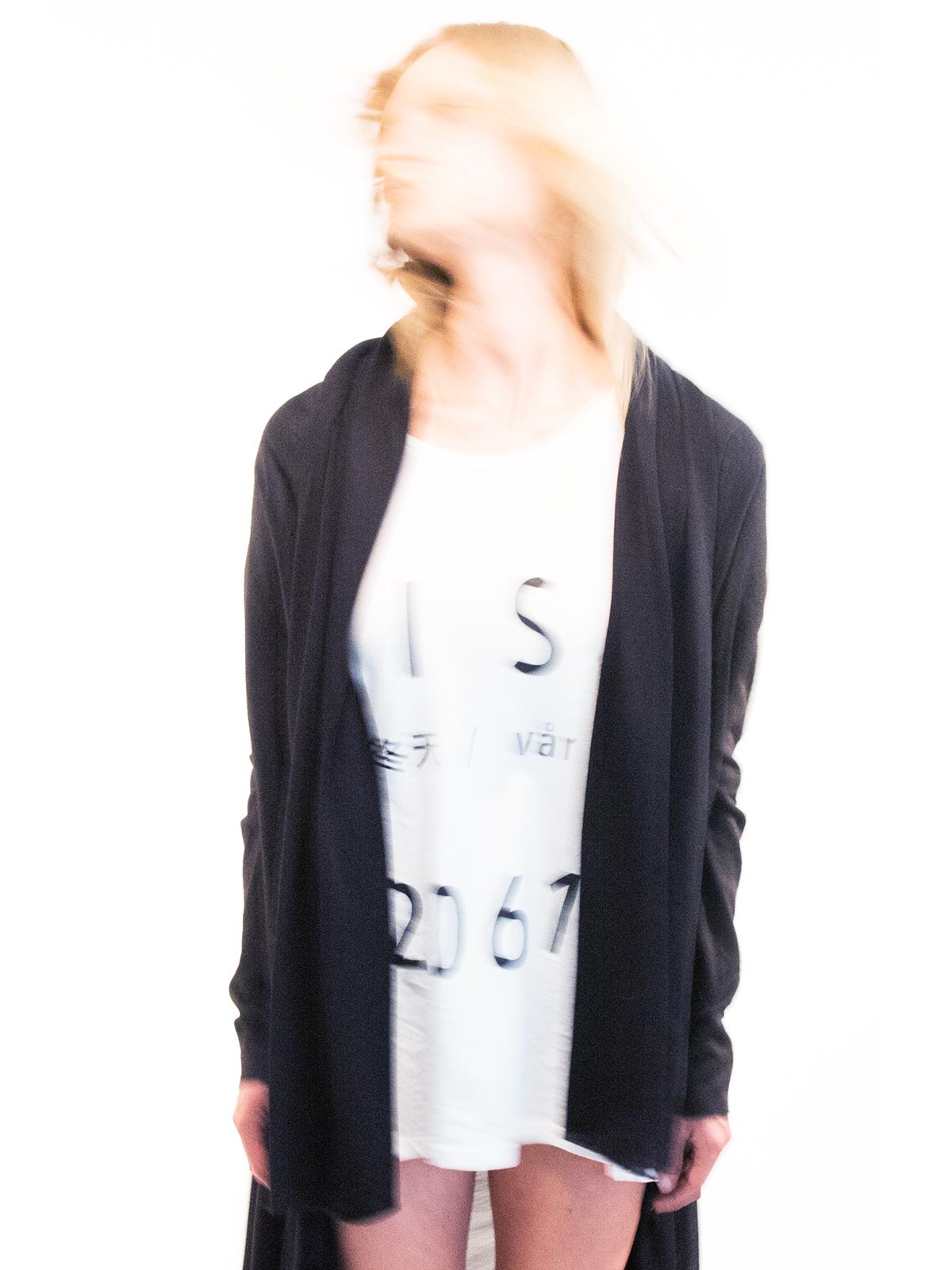
The journey through life is a universe of sweeping rivers guiding a single infinitesimal rowboat. The decisions one makes at each fork forever alters the course of its history. In chaos theory, Edward Lorenz describes this sensitive dependency of later states on prior conditions as the Butterfly Effect.
With each decision, each resolution, each exertion of choice, a gamut of lateral potentialities are born from the paths left abandoned. We find these potentialities fascinating and venture to explore them in 'Filament'.
We recognize that the concept of lateral potentialities, borrowed from Off-Modernism, when applied to life could introduce a discussion on fatalism and free will. We don't take a position on that here but simply offer the idea that there are almost an infinite number of possibilities for the course one can take, and that the reality one has arrived at today is not necessarily more interesting than the other realities they may have found themselves.
A thin leather lining runs the length of the cape and represents the path of one's life. At the base of the piece, the journey concludes as the single leather strip opens up to a multitude of fringe pieces, all on an equal plane. The concluding fractions of fabric represent the lateral potentialities of one's existence, each as distinct and possible as the next.














